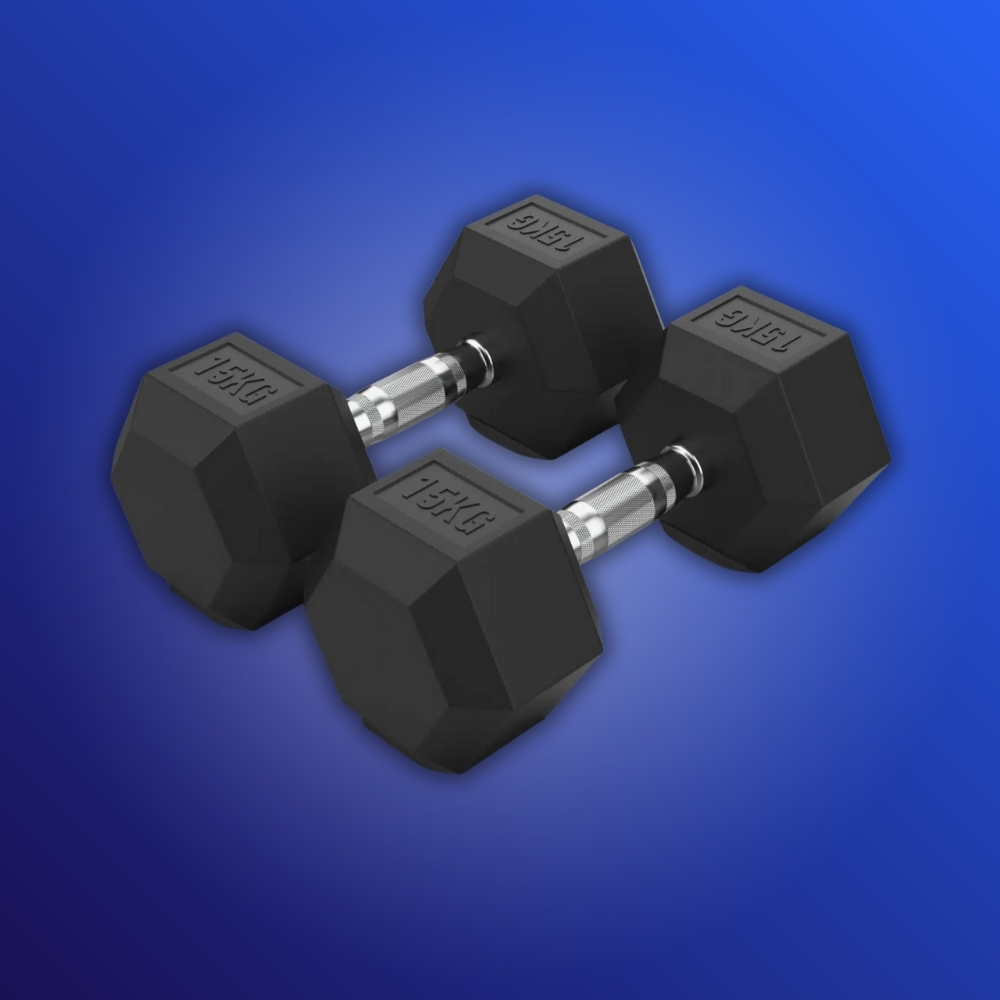Drinking enough water is essential for our health and wellbeing, but how much water should you drink per day?
Well, that depends on who you ask with varying opinions, guidelines and suggestions on the topic. Current Australian dietary guidelines recommend drinking “plenty” of water every day but they don’t state an explicit amount. They state that the amount of water you need is dependent on individual factors including what you eat, where you live and the amount of exercise you’re doing.
How many litres of water should you drink a day?
The Nutrient Reference Values for Australia and New Zealand provide more specific advice based on the average weight of adult women and men. Their recommended daily water intake is 2.1 litres for women and 2.6 litres for men.
How many glasses of water should you drink per day?
For women, 2.1 litres roughly equals eight glasses of water. For men, 2.6 litres is roughly 10 glasses of water. One litre of water is four cups.
Accredited practicing dietitian Chloe McLeod told Women’s Health that aiming for approximately 35 millilitres per kilogram of body weight is also a good guide.
What about pregnant or breastfeeding women?
Pregnant women require around 2.3 litres per day which is about 9 cups, while breastfeeding women 2.6 litres per day which is also about 9 cups.
What about kids?
Again, water requirements for children are dependent on a number of factors including age.
1-3 yr: 1.0 L/day (about 4 cups)
4-8 yr: 1.2 L/day (about 5 cups)
Boys
9-13 yr: 1.6 L/day (about 6 cups)
14-18 yr: 1.9 L/day (about 7-8 cups)
Girls
9-13 yr: 1.4 L/day (about 5-6 cups)
14-18 yr: 1.6 L/day (about 6 cups)
What if you’re working out or playing sport?
Exercise and physical activity can increase perspiration and water loss, which requires extra rehydration. There’s no hard and fast rule for additional water consumption but some health experts suggest an extra litre of water for every hour of activity.
What are the benefits of drinking water?
Water makes up 50 to 80 percent of our body weight and every single cell, tissue and organ we’re composed of requires it to function. We continuously lose fluid through sweating, breathing and digestion, so it’s important to rehydrate. We not only require water to survive, but to thrive.
“Water is important to many bodily functions, importantly it regulates body temperature and plays an essential role in transporting nutrients around your body to keep you healthy,” Accredited Practicing Dietitian Natalie von Bertouch told Women’s Health.
Consuming the right amount of water per day can boost energy, maintain brain function, regulate digestion and assist weight loss and maintenance.
How can you tell if you’re not drinking enough water?
Aside from thirst, there are plenty of signs that you might be dehydrated. Firstly, keep tabs on your toilet bowl. If your water consumption is on point, your urine should be a pale yellow, straw-like colour. If it appears yellow, dark yellow or orange – drink some water immediately.
Other symptoms of dehydration include brain fog, fatigue, headaches, constipation, muscle cramps and dry mouth, eyes, and skin.
What counts as water?
“All foods and drinks that contain water actually count. But it is best to focus on the fluid in drinks rather than that from foods we eat,” Natalie says.
But you don’t have to be knocking back bottle after bottle of the clear stuff – fluids like tea, coffee and milk count too.
However, health experts do not recommend swapping water for options with added sugars like soft drinks, cordial, vitamin waters, juices, energy and sports drinks, as they can result in excessive weight gain.
How can we boost our water intake?
“Always carry a water bottle with you, even when out and about and flavour water with fresh fruit like orange or lemon slices,” Natalie says.
“Soda water is a good option to mix it up and try to drink a glass of water before every meal.”













